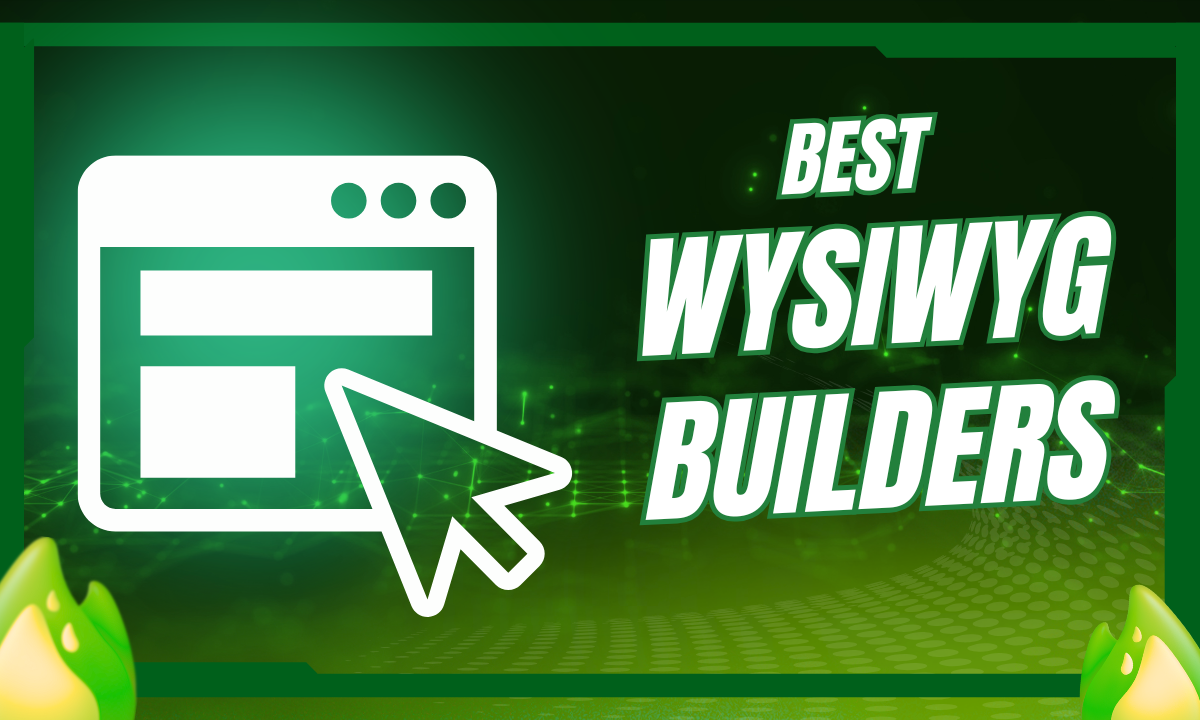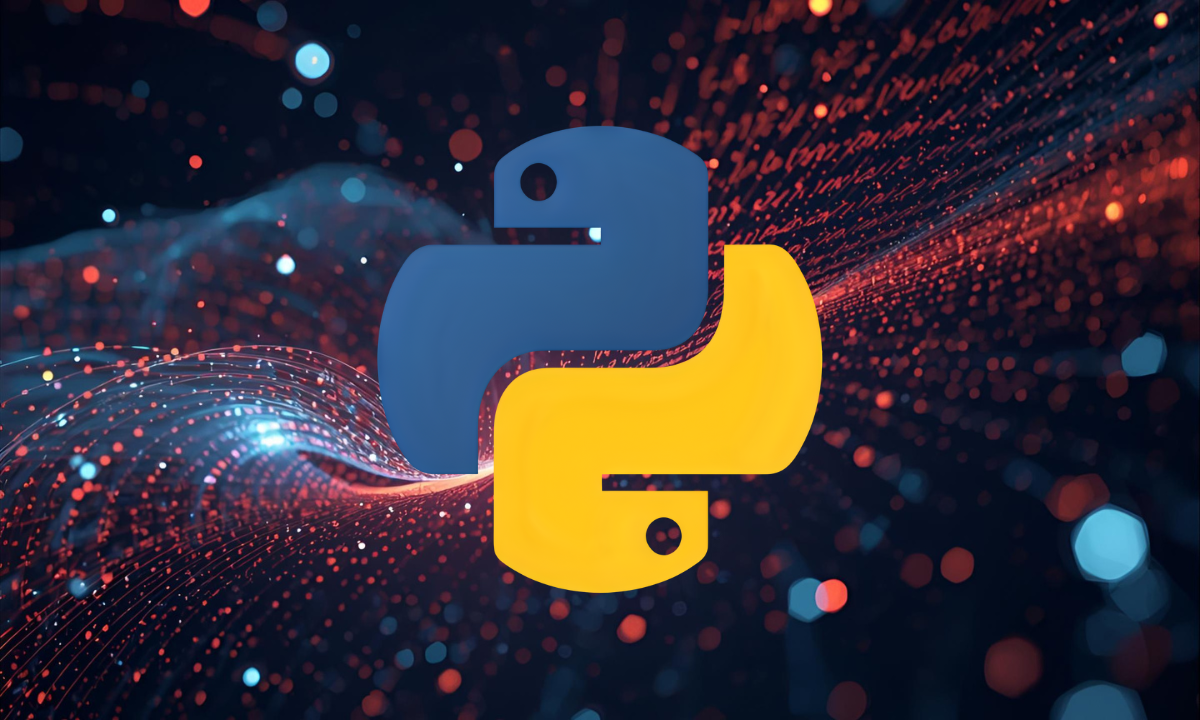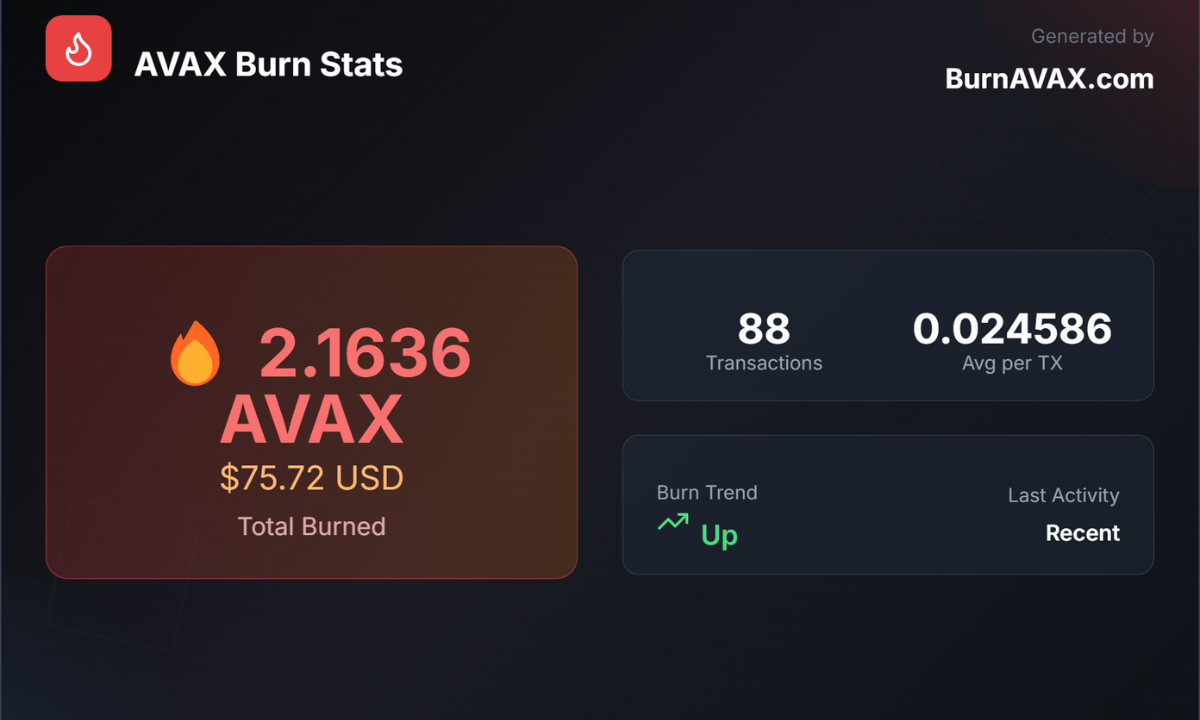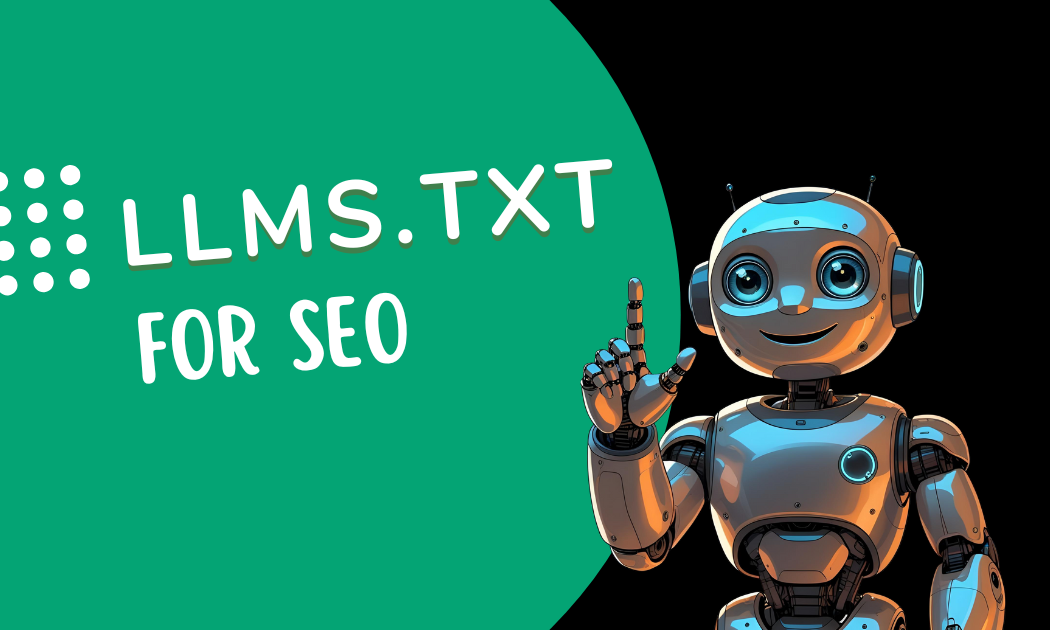Top 10 WYSIWYG Website Builders: Costs, Pros, Cons, and Use Cases
WYSIWYG (What You See Is What You Get) website builders simplify web design by allowing users to create and edit websites visually, without coding knowledge. These platforms offer intuitive drag-and-drop interfaces, pre-designed templates, and real-time previews, making them ideal for small businesses, creatives, and non-technical users. This article explores the top 10 WYSIWYG website builders in 2025, detailing their costs, pros, cons, and specific use cases to help you choose the right tool for your needs.
1. Wix
Website: Wix
Cost: Free plan available; paid plans range from $16/month (Combo) to $159/month (Business VIP).
Overview: Wix is a versatile platform known for its flexible drag-and-drop editor and extensive template library.
Pros:
- Flexible Design: Offers complete creative control with a drag-and-drop editor for pixel-perfect designs.
- Extensive App Market: Over 250 apps for added functionality, such as eCommerce, bookings, and analytics.
- SEO Tools: Built-in SEO features, including meta tags and mobile optimization, enhance visibility.
- Free Plan: Generous free plan for testing, though it includes Wix branding.
Cons: - Learning Curve: The abundance of options can overwhelm beginners.
- Template Lock-in: Switching templates after building a site is not possible.
- Costly Upgrades: Advanced features like eCommerce require higher-tier plans.
Use Cases: Ideal for small businesses, portfolios, and blogs due to its design flexibility and app integrations. Perfect for users who want a highly customized website without coding.
2. Squarespace
Website: Squarespace
Cost: Plans range from $16/month (Personal) to $49/month (Commerce Advanced).
Overview: Squarespace is renowned for its stunning, modern templates and user-friendly interface.
Pros:
- Beautiful Templates: Over 200 designer templates, ideal for visually appealing sites.
- All-in-One Solution: Includes hosting, domain registration, and SEO tools.
- Mobile Editing: Allows customization of mobile site versions for responsive design.
- Marketing Features: Built-in tools for email marketing and social media integration.
Cons: - Limited Customization: Less flexible than Wix for granular design changes.
- No App Store: Lacks third-party app integrations, limiting extensibility.
- Pricing: Higher-tier plans are required for advanced eCommerce features.
Use Cases: Best for creatives, photographers, and small businesses prioritizing aesthetics, such as portfolios or boutique stores, due to its sleek templates and marketing tools.
3. Webflow
Website: Webflow
Cost: Free Starter plan; paid plans from $14/month (Basic) to $39/month (Business).
Overview: Webflow balances no-code design with clean code output, catering to designers and developers.
Pros:
- Clean Code: Produces high-quality HTML/CSS, ideal for professional websites.
- Smart Codelessness: Drag-and-drop interface with advanced design control.
- CMS Integration: Robust content management for dynamic sites.
- Free Plan: Allows up to two projects for testing.
Cons: - Learning Curve: Steeper for beginners due to advanced design options.
- Limited Templates: Fewer templates compared to Wix or Squarespace.
- Cost for Scale: Enterprise-level features can get expensive.
Use Cases: Suited for web designers and agencies building client websites or complex, responsive sites requiring clean code and CMS functionality.
4. Shopify
Website: Shopify
Cost: Plans range from $39/month (Basic) to $399/month (Advanced).
Overview: Shopify is a leading eCommerce platform with a WYSIWYG editor for online stores.
Pros:
- eCommerce Focus: Robust tools for inventory, payments, and shipping.
- App Store: Over 8,000 apps for customization, including SEO and marketing tools.
- AI Features: Shopify Magic offers AI-driven product descriptions and email marketing.
- Reliable Support: 24/7 support via chat, email, and phone.
Cons: - Costly Add-Ons: Additional apps and features can increase expenses.
- Limited Non-eCommerce Features: Less versatile for non-store websites.
- Transaction Fees: Applies fees unless using Shopify Payments.
Use Cases: Perfect for online stores, from small businesses to large retailers, needing powerful eCommerce tools and integrations.
5. Weebly
Website: Weebly
Cost: Free plan available; paid plans from $10/month (Personal) to $26/month (Professional).
Overview: Weebly offers a straightforward WYSIWYG editor for simple website creation.
Pros:
- Ease of Use: Intuitive interface with clearly labeled tools.
- Affordable: Competitive pricing for small businesses.
- App Store: Access to third-party apps for added functionality.
- Free Plan: Includes basic features for simple sites.
Cons: - Limited Drag-and-Drop: Less flexible than Wix or Squarespace.
- Basic Templates: Fewer and less modern templates.
- Preview Required: Changes require a separate preview tab, disrupting workflow.
Use Cases: Great for small businesses or personal sites needing simple, budget-friendly websites, like landing pages or basic portfolios.
6. SITE123
Website: SITE123
Cost: Free plan; paid plan at $12.80/month (Premium).
Overview: SITE123 focuses on simplicity, offering a streamlined editor for quick site creation.
Pros:
- Ultra-Simple: Minimal learning curve for beginners.
- Free Hosting: Includes hosting and domain registration in paid plans.
- SEO Tools: Built-in tools for search engine optimization.
- Multilingual Support: Ideal for international audiences.
Cons: - Limited Customization: Restrictive design options compared to competitors.
- Basic Templates: Fewer creative choices for unique designs.
- No Advanced Features: Lacks robust eCommerce or CMS capabilities.
Use Cases: Best for beginners or small businesses needing quick, functional websites, such as event pages or informational sites.
7. Duda
Website: Duda
Cost: Plans from $19/month (Basic) to $59/month (Agency).
Overview: Duda is a professional-grade builder for agencies and businesses.
Pros:
- Agency-Friendly: White-label options and client management tools.
- Fast Performance: Optimized for speed and SEO.
- Interactive Features: Popups, gated content, and payment gateways.
- Responsive Design: Strong mobile optimization tools.
Cons: - Pricey: Higher cost for advanced features.
- Learning Curve: More complex for non-technical users.
- Limited Free Plan: No free tier for testing.
Use Cases: Ideal for agencies building client websites or businesses needing fast, responsive sites with lead generation features.
8. Pixpa
Website: Pixpa
Cost: Plans from $6/month (Basic) to $25/month (Advanced).
Overview: Pixpa is tailored for creatives, offering portfolio-focused templates.
Pros:
- Portfolio-Focused: Over 25 gallery layouts for showcasing work.
- Affordable: Competitive pricing for creatives.
- SEO and Marketing: Built-in tools for visibility and client engagement.
- Free Trial: 15-day trial to test features.
Cons: - Limited Templates: Fewer options for non-portfolio sites.
- Basic eCommerce: Less robust for large online stores.
- Niche Focus: Less versatile for general business needs.
Use Cases: Perfect for photographers, artists, and designers building portfolio websites or small online stores.
9. Hostinger Website Builder
Website: Hostinger
Cost: Single plan at $2.99/month (Website Builder & Web Hosting).
Overview: Hostinger offers an affordable, all-in-one solution with AI tools.
Pros:
- Budget-Friendly: Low-cost plan with hosting included.
- AI Tools: AI-driven design and content generation.
- Simple Interface: Easy for beginners to navigate.
- Reliable Hosting: Strong uptime and performance.
Cons: - Limited Features: Fewer advanced tools compared to Wix or Shopify.
- Basic Templates: Less variety in design options.
- Single Plan: Limited scalability for complex needs.
Use Cases: Suited for budget-conscious users creating simple websites, such as personal blogs or small business pages.
10. Jimdo
Website: Jimdo
Cost: Free plan; paid plans from $9/month (Start) to $39/month (Unlimited).
Overview: Jimdo offers two modes: Creator for manual design and Dolphin for AI-driven creation.
Pros:
- AI Option: Dolphin mode builds sites quickly using AI.
- Plugin Support: Access to POWr plugins for extra functionality.
- eCommerce Plans: Commission-free online store options.
- Free Plan: Basic features for testing.
Cons: - Limited Templates: Fewer options compared to competitors.
- Basic Customization: Less flexibility in design control.
- Pricing: Higher tiers can be costly for small businesses.
Use Cases: Ideal for small businesses or entrepreneurs needing quick, AI-assisted websites or simple eCommerce stores.
Choosing the Right WYSIWYG Builder
Selecting a WYSIWYG website builder depends on your goals, budget, and technical expertise. For highly customized sites, Wix and Webflow offer flexibility and clean code. Squarespace and Pixpa excel for creatives needing stunning visuals. Shopify is the go-to for eCommerce, while SITE123 and Hostinger suit beginners on a budget. Duda and Webflow cater to agencies, and Jimdo’s AI-driven Dolphin mode is great for fast setups. Weebly and SITE123 provide straightforward solutions for simple sites.
Key Considerations:
- Budget: Free plans (Wix, Weebly, Jimdo) are great for testing, but premium features often require paid plans.
- Ease of Use: SITE123, Weebly, and Hostinger are beginner-friendly; Webflow and Duda require more expertise.
- Features: Evaluate eCommerce, SEO, and app integration needs.
- Scalability: Shopify and Duda support growing businesses; Pixpa and SITE123 are better for smaller projects.
Conclusion
WYSIWYG website builders empower users to create professional websites without coding. Each platform offers unique strengths, from Wix’s flexibility to Shopify’s eCommerce prowess. By weighing costs, pros, cons, and use cases, you can find the perfect tool for your project. Test free plans or trials to ensure the platform aligns with your vision before committing.





